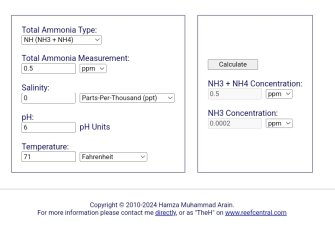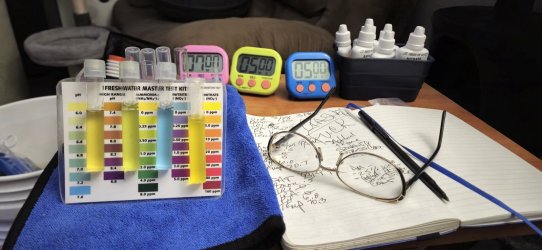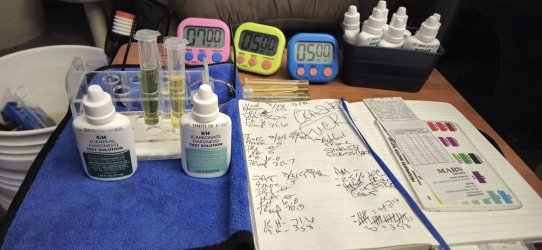Hi!
So I screwed up and crashed my cycle a couple of days ago while preforming a large wc. I've added Prime and Stability. I will also be adding Dr. Tim's BB this afternoon as soon as it's delivered. I currently have 2 AquaClear 100's and a very large sponge filter in my 75gal freshwater tank. It currently houses 5 Dojo Loaches, 8 Corydoras and 2 BN Plecos. It's been running since November of last year without any issues or losses (YAY!) lol.
My question is. Since I've already killed the BB, would it be okay to thoroughly wash/rinse the filter media and housing in regular tap water or does it have to be treated? The HOB'S have been cleaned once a few months ago since startup.
Thanks in advance for your help!!
So I screwed up and crashed my cycle a couple of days ago while preforming a large wc. I've added Prime and Stability. I will also be adding Dr. Tim's BB this afternoon as soon as it's delivered. I currently have 2 AquaClear 100's and a very large sponge filter in my 75gal freshwater tank. It currently houses 5 Dojo Loaches, 8 Corydoras and 2 BN Plecos. It's been running since November of last year without any issues or losses (YAY!) lol.
My question is. Since I've already killed the BB, would it be okay to thoroughly wash/rinse the filter media and housing in regular tap water or does it have to be treated? The HOB'S have been cleaned once a few months ago since startup.
Thanks in advance for your help!!



 . The PH kept dropping downto 6.0 and I couldn't figure out why. One of the things I read said it could be driftwood so I removed 2 of the 4 pieces. Also poor water quality, which is what led me down the "cleaning" road. Then I started adding chemicals (PHup, baking soda).
. The PH kept dropping downto 6.0 and I couldn't figure out why. One of the things I read said it could be driftwood so I removed 2 of the 4 pieces. Also poor water quality, which is what led me down the "cleaning" road. Then I started adding chemicals (PHup, baking soda). I almost gave up but was determined! LOLOLOLOL
I almost gave up but was determined! LOLOLOLOL


